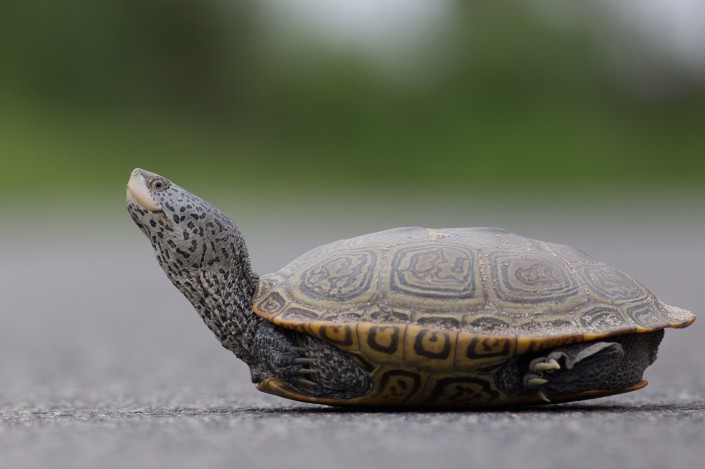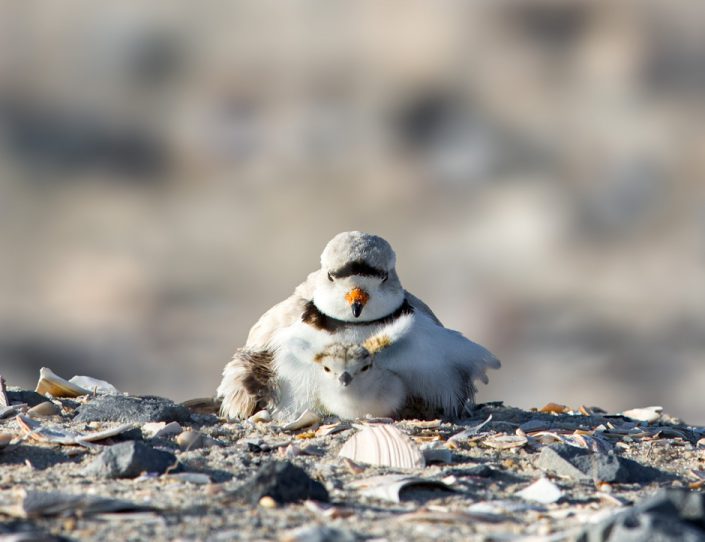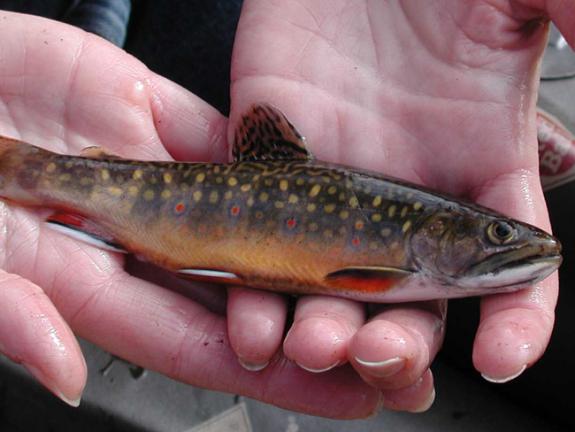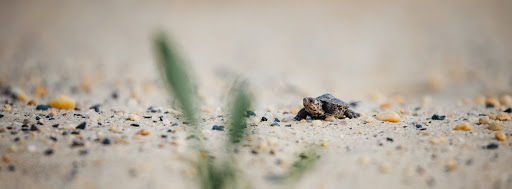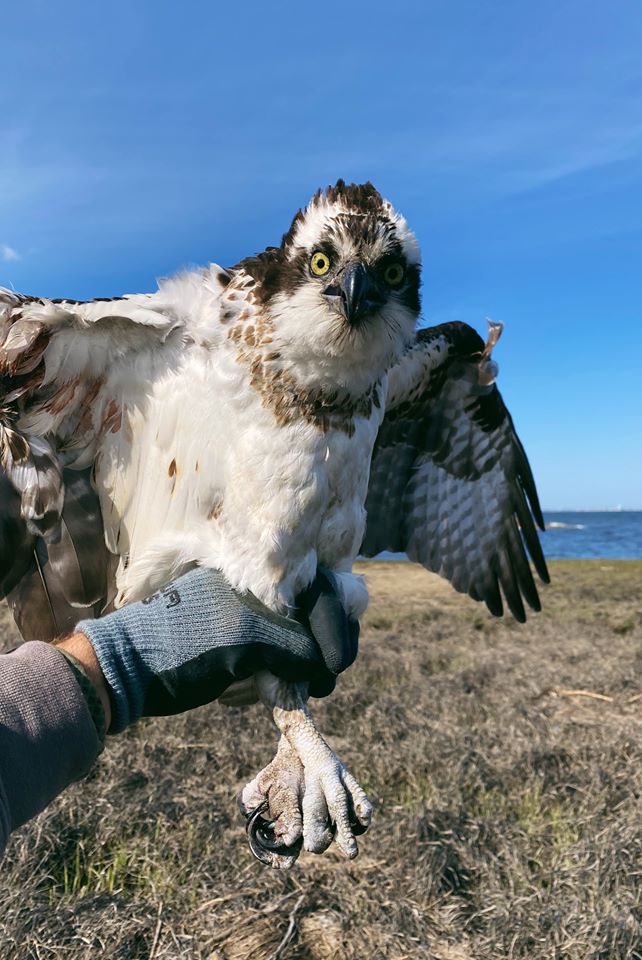Barnegat Light Habitat Restoration gets a “Touch-up”
by Todd Pover, Senior Wildlife Biologist

Even though all the major construction at our Barnegat Light Habitat Restoration site was complete over the past two winters, CWF returned in January 2021 to help oversee a “touch up”. Beach nesting birds, such as piping plovers, prefer open, lightly vegetated beaches to nest, and in two years the vegetation had filled in quickly at the site. Using a bulldozer, the thicker vegetation was trimmed back or as the machine operator said, we gave it a “haircut”.
At the same time, the shallow edges of the foraging pond were enhanced. The pond, in particular a portion engineered to mimic “foraging flats”, was a key part of the success of piping plovers during the 2020 breeding season. We were able to expand that feature in hopes of providing even more high value foraging opportunities in years to come.
Initial construction was obviously the most important step to make this long-anticipated project a reality, but ongoing maintenance is an important part of any restoration, as habitat, especially in the dynamic coastal zone, rarely remains static. Still, follow-up maintenance is often overlooked or underfunded, but we know it will be absolutely critical as a long-term measure at Barnegat Light to sustain quality nesting habitat and high reproductive success.
The work this winter was done in tandem with Rutgers, the State University of New Jersey, our primary technical partner on the project. A special thanks to the U.S. Army Corps of Engineers – Philadelphia District for funding and facilitating the maintenance construction. We also greatly appreciate the ongoing partnership on this project of the U.S. Fish and Wildlife Service – New Jersey Field Office and State of New Jersey’s Endangered and Nongame Species Program.
Todd Pover is a biologist with Conserve Wildlife Foundation of New Jersey.
